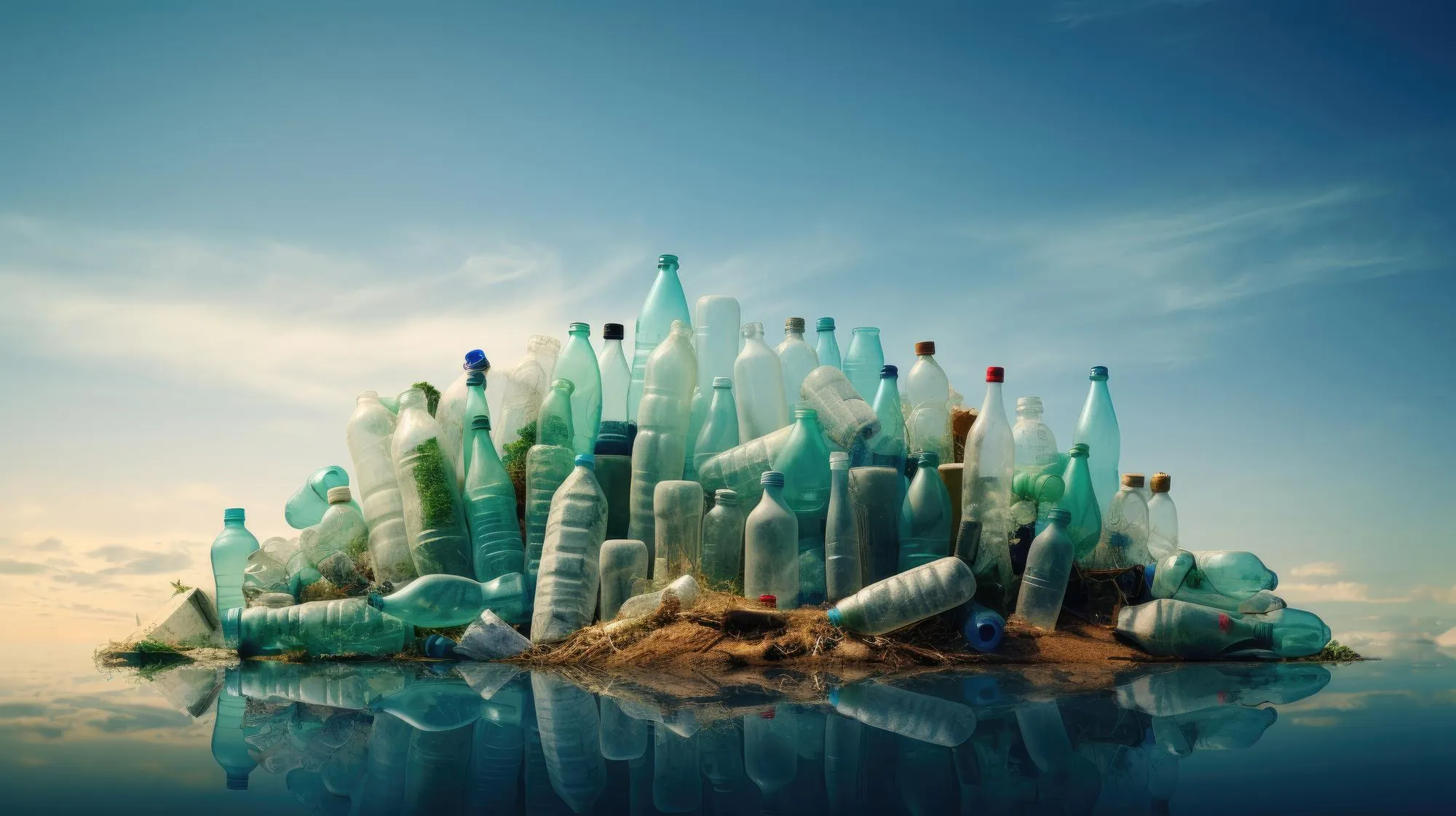Keywords
1. Phthalate biodegradation
2. Janthinobacterium bio-remediation
3. Environmental stress conditions
4. Soil microbial community
5. Plastic pollution solution
Introduction
Phthalic acid esters (PAEs) are ubiquitous environmental contaminants originating chiefly from the widespread usage of plastic products. These compounds have been added to plastics as softening agents to enhance their flexibility and durability but have subsequently been identified as potential health hazards. Phthalates can leach out into the environment, where their persistent nature poses risks to ecosystems and human health. However, bioremediation offers a ray of hope in the form of microorganisms capable of degrading these contaminants, thus neutralizing their toxic effects.
This intriguing study published in “The Journal of General and Applied Microbiology” on January 15, 2024, with DOI: 10.2323/jgam.2023.12.002, showcases promising research carried out by a group of scientists from the College of Life Sciences, Anhui Normal University, headed by Zhang Kailu, Zhou Hui, Ke Juntao, Feng Hongli, Lu Cunlong, Chen Shaoxing, and Liu Aimin. The researchers have isolated a strain of bacteria known as Janthinobacterium sp. E1, which exhibits promising capabilities in degrading PAEs under environmental stress conditions.
The Findings
The groundbreaking research on Janthinobacterium sp. E1 highlights its remarkable efficiency in breaking down di-2-ethylhexyl phthalate (DEHP), a widely used and notoriously persistent PAE. Despite being subjected to various environmental stressors, this strain demonstrated a significant advantage in pollutant degradation.
Strain E1, upon culturing on agar plates supplemented with triglyceride, displayed a degradation halo around its colony, indicating its ability to breakdown phthalates. The scientists delved further into the molecular details and discovered that strain E1’s esterase enzyme – an intracellular catalyst constitutively expressed within the bacterial cells – played a crucial role in this process. This enzyme showed a particular proficiency in catalyzing the breakdown of short-chain PAEs, in comparison to the long-chain counterparts.
In an experimental setup involving soil samples, the introduction of different phthalates, namely DEHP, dibutyl phthalate (DBP), and dimethyl phthalate (DMP), had an interesting effect on the prokaryotic community within. While the overall composition of species remained largely unchanged, the dominance among specific groups shifted, leading to a reduction in microbial diversity and richness.
Encouragingly, upon treatment with strain E1, the previously contaminated soil exhibited a restored microbial community, showcasing improved diversity and richness. This finding signifies not only the degradative potential of the bacterial strain but also its beneficial impact on the soil ecosystem post-treatment.
Implications and Applications
The insights gathered from this research carry substantial implications for environmental bioremediation strategies. Strain E1 stands as a testament to the potential of utilizing specialized microorganisms to combat pollution, particularly in urban settings where phthalate contamination is frequently encountered.
The adaptability of Janthinobacterium sp. E1 to various stress conditions means it could be deployed in a range of environments where standard remediation techniques may falter. Moreover, the strain’s success in soil treatment suggests that it could be integrated into land management practices to rehabilitate areas suffering from PAE pollution.
As plastic pollution continues to be an escalating global issue, the identification and application of such microbial solutions could be pivotal in mitigating environmental damage and protecting public health. The research marks a significant stride in the quest for sustainable and nature-based approaches to combat contamination.
Conclusion
This study signifies a remarkable progression in the field of environmental science, with Janthinobacterium sp. E1 emerging as a robust candidate for bioremediation efforts targeting phthalate pollutants. As the world grapples with the ubiquity and persistence of plastic waste, the discovery of strain E1’s capabilities provides a compelling narrative of hope—a naturally-derived solution to an anthropogenic problem.
While further research and trials are essential to scale this solution for widespread environmental application, the initial findings denote a vital stepping stone. The endeavor by the scientists from Anhui Normal University not only enhances our understanding of microbial degradation but also charts a course for future innovations in environmental restitution.
References
1. Zhang Kailu, Zhou Hui, Ke Juntao, Feng Hongli, Lu Cunlong, Chen Shaoxing, & Liu Aimin. (2024). Biodegradation of phthalic acid esters (PAEs) by Janthinobacterium sp. strain E1 under stress conditions. The Journal of General and Applied Microbiology, 10.2323/jgam.2023.12.002.
2. Staples, C. A., Peterson, D. R., Parkerton, T. F., & Adams, W. J. (1997). The environmental fate of phthalate esters: a literature review. Chemosphere, 35(4), 667-749.
3. Lyu, Y., Zheng, W., Zheng, T., & Tian, Y. (2016). Biodegradation of diethyl phthalate in soil by a novel pathway. FEMS Microbiology Ecology, 92(5), fiw057.
4. Liang, D. W., Zhang, T., Fang, H. H. P., & He, J. (2008). Phthalates biodegradation in the environment. Applied Microbiology and Biotechnology, 80(2), 183-198.
5. Mukherjee, S., & Kumar, V. (2017). Microbial degradation of phthalate esters: A review. Biotechnology Research and Innovation, 1(1), 97-107.
